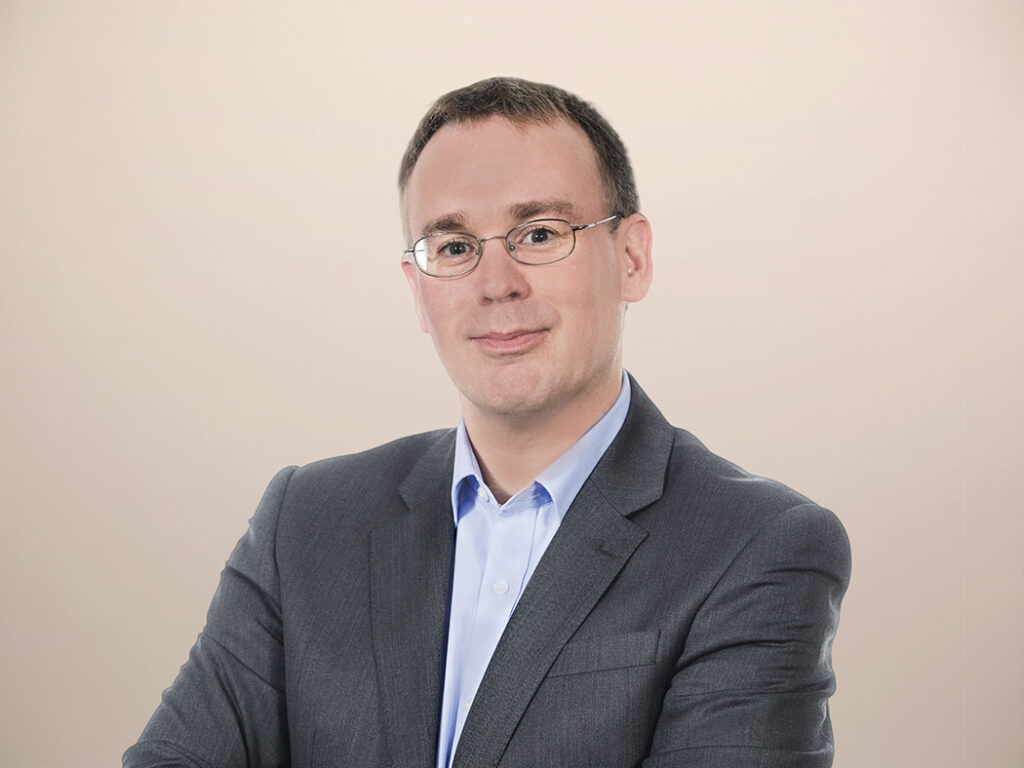Hannover Messe 2023: It’s Back
Almost twice as many people as last year descended on the Hannover Messe showground for 2023’s industrial trade fair. According to the organisers, 130,000 visitors engaged with 4,000 exhibitors during the show’s week-long run. That’s still less than two-thirds of 2019’s 215,000, but it’s a jump in the right direction.
Three big differences immediately stood out to me from last year:
- First, the relaxation of China’s COVID restrictions saw that country reach the top three by number of attendees, behind host Germany and the Netherlands. Chinese exhibitors were also out in force, from the massed small booths of component makers to the well-executed presence of larger players like Haier with its COSMOPlat industrial platform.
- Second, the mood was a lot more positive. Last year, concern around rapidly rising energy prices coloured almost every conversation I had. This year, despite ongoing challenges around inflation, labour shortages, and more, exhibitors and their visitors all sounded broadly optimistic about their prospects.
- Third, the near-total dominance of cash that I complained about last time had thankfully disappeared. Coffee stands, food carts, and cloakrooms had all seemingly discovered the modern marvel of the contactless payment, and many took it to the next level with QR code scanning to download paperless receipts.
The Halls Were Alive With The Sound Of … ChatGPT And Metaverse
Wandering the halls, I noticed that both ChatGPT and the industrial metaverse were pretty pervasive. But in most cases, they were more likely to be a throwaway comment or booth eye candy than a carefully considered component of an exhibitor’s broader proposition.
My colleague Rowan Curran is being kept busy with generative AI research and questions right now, and clients would do well to speak with him before making too much noise about ChatGPT and its ilk. One ChatGPT-assisted demonstration I did quite like was from Capgemini: A deliberately raw exhibit at its booth combined computer vision and speech with ChatGPT and a set of other ML APIs to walk the visitor through a task to assemble Lego blocks in a particular order. ChatGPT communicated the task and interpreted feedback from the cameras to encourage, nudge, or correct the visitor’s brick-stacking efforts. It was clunky in places, but actually more compelling because of that. The underpinnings of a usefully adaptive digital work instruction tool were immediately apparent.
The industrial metaverse was more concerning. Martha Bennett and I are just wrapping up interviews for a new report on the intersection between the industrial metaverse and digital twin. If we were to base it on the conversations I had in Hannover, we’d have to conclude that the metaverse will (one day) be all things to all people. Apparently, you can’t design, build, operate, or maintain anything without it. That’s hardly helpful — or plausible — and our report will need to get past the breathless enthusiasm to focus on what (if anything) is actually different this time.
Manufacturing-X?
The official recap of this year’s Hannover Messe described “the new Manufacturing-X data ecosystem” as a core topic of the show. If you hadn’t received an invitation to the launch event (which I did), you might be inclined to disagree. I admittedly didn’t visit every stand, and I didn’t speak to every exhibitor or visitor, but I didn’t encounter the initiative even once outside the conference room in which it was launched. I had meetings with representatives of several of the organisations involved in that launch, and none of them mentioned it either. Manufacturing-X promises a sovereign data space for the manufacturing sector. While the idea of more easily (and securely) sharing data throughout the manufacturing ecosystem is good, obvious, and worthwhile, the reality of actually doing it requires far more than yet another statement of intent. From what I could tell, the Manufacturing-X announcement did nothing to address the concerns I raised in my recent report on European data spaces. Indeed, it may just reinforce two of my conclusions about the need to focus on tightly scoped and tangible use cases, and there being too many initiatives!
We Can’t Do This Alone
Partner ecosystems were everywhere. Big firms like Siemens now shout (correctly) that they can’t solve all of their customers’ problems on their own. Xcelerator is part of that company’s shift in internal mindset and behaviour to make the necessary transition. But it was also very apparent in the connections made between partners at the big Siemens booth and the presence of Siemens on many of its partners’ booths. Smaller companies like Cognite did something similar, with its own stand and a good demonstration on the Microsoft stand.
The transformations we all say the manufacturing sector needs really are happening and could be seen at Hannover. Manufacturers are embracing the platforms, practices, and partners that a future fit organisation requires and breaking down the internal silos between different business units. And at a very pragmatic level, smaller companies like iTAC Software are meeting their Mittelstand customers where they are today, putting the pieces in place to drive change rapidly and cost-effectively through core manufacturing process building blocks like the manufacturing execution system (MES).
